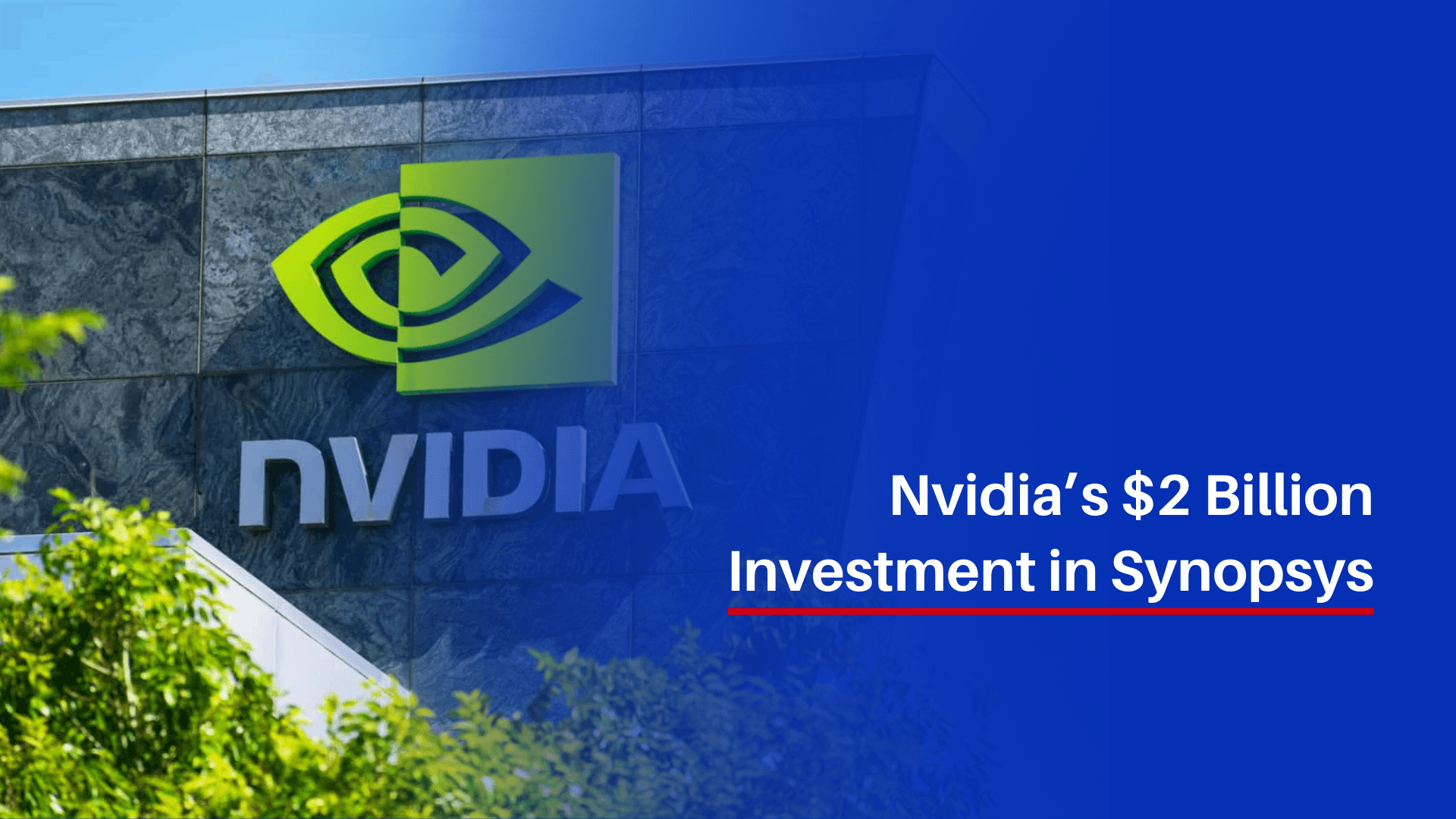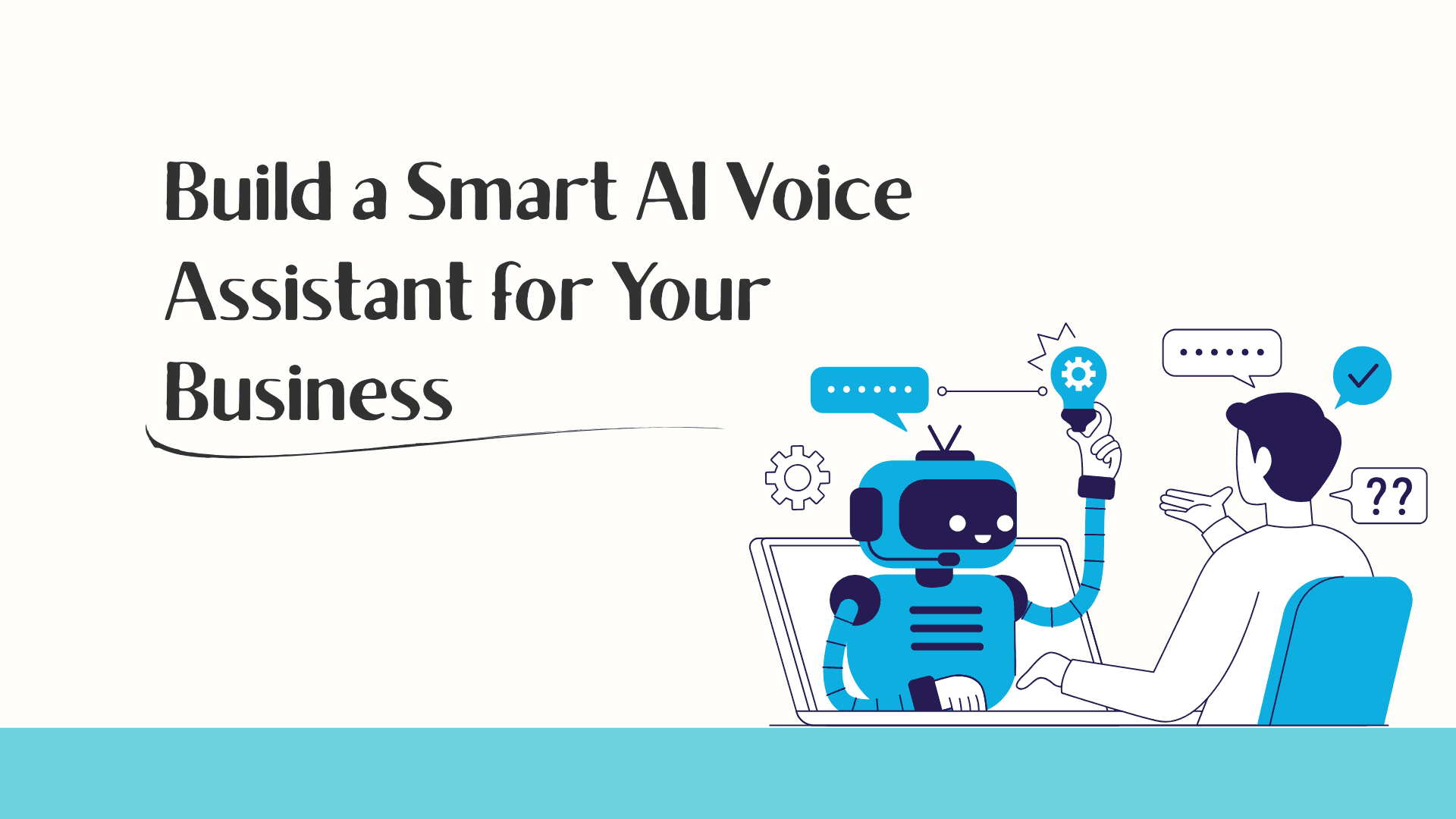
Artificial Intelligence (AI) is growing fast. Every day, new tools, apps, and models are popping up. Some are owned and controlled by big tech companies. But others? They’re shared freely with everyone. These are called open-source AI models.
You’ve probably heard the term before. But what do we really mean by open-source AI?
What Is Open Source AI?
Open-source AI means anyone can use, study, and improve the AI. It’s just like open-source software the kind developers around the world can edit and share.
When AI is open-source, you can:
See how it works
Use it for different projects
Change it to suit your needs
Share it with others
And it’s not just the code that’s open. It can also include the model’s design, training methods, and sometimes even the data it was trained on.
Think of it like a recipe. You don’t just eat the cake — you get all the steps and ingredients. That way, you can bake it yourself, tweak it, or even make a better version.
Why Open-Source AI Matters
There are now millions of open-source AI models out there. Names like LLaMA, Mistral, and models hosted on sites like Hugging Face have made headlines. But more importantly, they’re helping people solve real problems fast.
Here’s one true example:
A team of engineers in Asia built a model. A group in California improved it. Later, a nonprofit in Texas used it to write grant applications. That’s open-source AI in action global teamwork solving local problems.
Open-source AI makes innovation faster, cheaper, and more accessible.
The 3 Big Ideas Behind Open-Source AI
If you want to know whether an AI model is truly open-source, check for these three things:
1. Transparency
You should be able to see the source code, the model's structure, and how it was trained.
Licenses like MIT or Apache make this possible. Some open-source models even share how their data was collected.
2. Freedom to Use and Modify
You should have full rights to use the AI, change it, and share it again. That includes access to the model’s weights the part of the AI that actually "thinks" so you can fine-tune it for your specific needs.
3. Openness of Data
Many models are trained on large sets of data. With open-source AI, this data (or at least how it was gathered) should be shared too. That helps everyone understand if the model is fair, accurate, and unbiased.
What Makes Open-Source AI Challenging?
Open-source AI is powerful, but it comes with a few hurdles:
Not all models are fully open. Some share only parts like weights but not the full code or training data.
Licensing rules can be confusing. Some models come with limits on how you can use them.
It’s expensive to train big models. You need powerful hardware (like GPUs), which smaller teams often can’t afford.
Data isn’t always transparent. Some models don’t reveal what data they were trained on, which makes it hard to check for bias or fairness.
Despite these challenges, open-source AI is still a game-changer. It lets anyone from solo developers to big organizations experiment, build, and innovate freely.
How to Choose the Right Open-Source AI Model
Thinking of using an open-source AI model? Here are a few tips to help:
Check the license. Make sure you’re allowed to use, change, and share the model.
Look for full transparency. Can you see the code, model weights, and training details?
Check for fairness. Was the model trained in an ethical way, using diverse and balanced data?
Use trusted tools. The Linux Foundation’s Model Openness Framework is a great way to rate how open a model really is.
Create an AI Bill of Materials. This is a checklist of what's inside the model like an ingredient label so you know exactly what you're working with.
Why Open-Source AI Is for EveryoneA
Open-source AI isn’t just about sharing tech. It’s about building trust, community, and progress. It opens doors for people everywhere to create smarter, fairer, and more useful tools.
You might also like

Runway Gen-4.5 AI Video Model - Faster and Smarter Than Google and OpenAI
Runway launches Gen-4.5 AI video model. It can turn text into videos quickly and beats models from Google and OpenAI in tests.

Nvidia’s $2 Billion Investment in Synopsys
Nvidia invests $2 billion in Synopsys to make smarter computer chips and faster AI. Learn how this partnership can improve technology for businesses and industries

Build a Smart AI Voice Assistant for Your Business Fast, Simple, and Ready to Use
Create your own AI voice assistant in minutes with Kayan. Answer customer questions, handle calls, and improve support without coding or technical skills. Simple, fast, and ready to use.
Enjoy this article?
Subscribe to our newsletter to get more insights on technology, design, and the future of digital innovation.
CRTVAI
Unlock AI's full potential with expert insights from leading software innovators. Subscribe for exclusive content on ChatGPT integration, custom development solutions, and transformative technologies that deliver measurable business results.
Popular Posts

10 Software Design Patterns Made Simple: A Guide for New Programmers

Google Gemini 2.5 Pro and China’s AI Boom Are Rewriting the Rules of the AI Race

Why Everyone in MENA is Talking About Evalia AI for Call Centers
